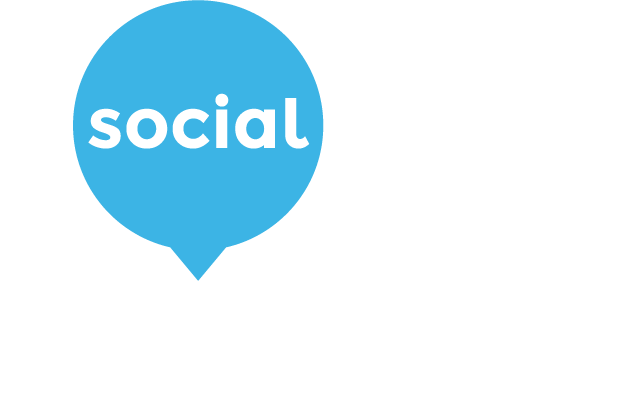RIQUALIFICATION OF WORKFORCE : DIFFICULTY AND PROSPECTS FOR COMPANIES
21 November 2018
By 2022, the transformation of the current professional profiles will require a significant retraining of the workforce. According to data collected by the World Economic Forum, no less than 54% of employees will have to retrain. Of these, about 35% will need additional training up to six months and 10% over one year. The risk is that these transformations will be mismanaged, increasing inequalities and widening the gap between those who have the skills required by the market and those who do not.
The common thought is that machines will replace humans in current tasks, but what could be achieved concretely is the creation of new jobs that require more skills in line with the evolution of the fourth industrial revolution. Automation will bring companies an increase in productivity, however, there is a need to invest in their employees to remain competitive. For the period up to 2022, 50% of companies are targeting their in-house specialist departments to retrain their workforce.
The common thought is that machines will replace humans in current tasks, but what could be achieved concretely is the creation of new jobs that require more skills in line with the evolution of the fourth industrial revolution. Automation will bring companies an increase in productivity, however, there is a need to invest in their employees to remain competitive. For the period up to 2022, 50% of companies are targeting their in-house specialist departments to retrain their workforce.

La riduzione del divario tra le competenze si gioca soprattutto nel campo degli strumenti di e-learning. La richiesta puntuale di nuove competenze, e l’ulteriore sviluppo di competenze già acquisite, necessita di flexible solutions that adapt to the needs and objectives of companies and users. Another key factor on which digital learning tools can make a difference is the reduction of the time needed to produce content and deliver courses in the most suitable way for effective training.
Social Thingum has created WHOTEACH®, an e-learning product enhanced by the use of Artificial Intelligence, capable of aggregating proprietary internal content of companies with external content, open and free suitable to achieve the training objectives of their workforce. WHOTEACH suggests to users the training path most suited to their goals and also allows them to quickly share the knowledge acquired and developed by employees through a secure platform of internal sharing within the company, modeled as the most popular social networks.
Social Thingum has created WHOTEACH®, an e-learning product enhanced by the use of Artificial Intelligence, capable of aggregating proprietary internal content of companies with external content, open and free suitable to achieve the training objectives of their workforce. WHOTEACH suggests to users the training path most suited to their goals and also allows them to quickly share the knowledge acquired and developed by employees through a secure platform of internal sharing within the company, modeled as the most popular social networks.
